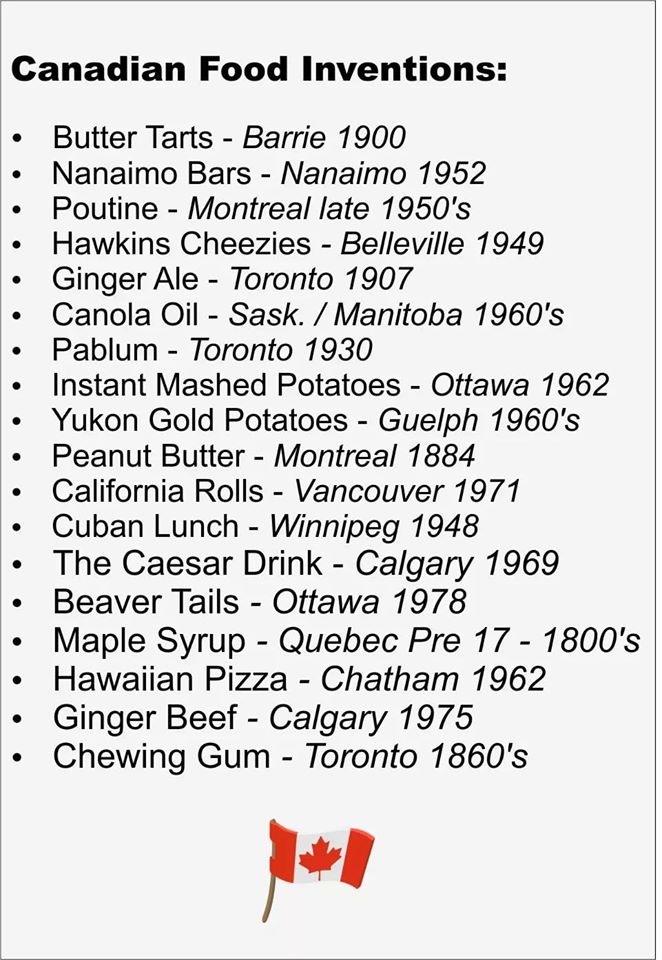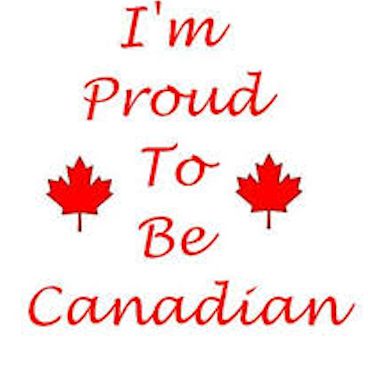
Canada
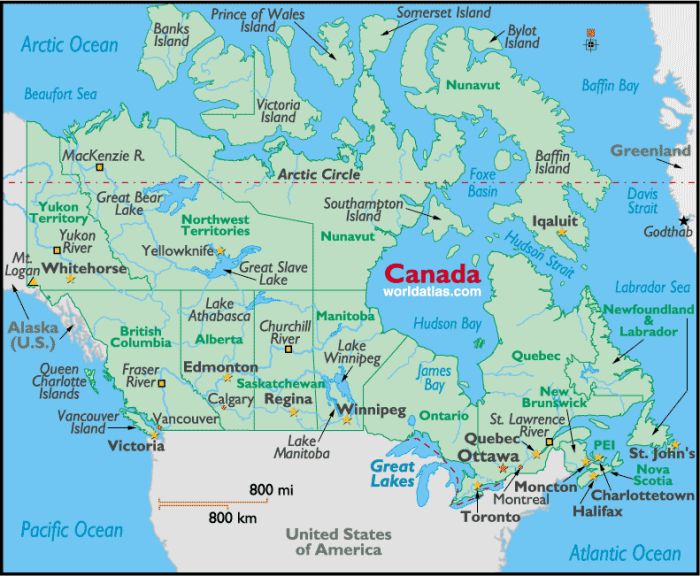
Few countries can match the diversity, beauty and charm that Canada offers. Its coasts touch on 3 great oceans, the Atlantic, Pacific and Arctic. Canada is the world's second largest country, yet its population is only 37.59 million 2019. There are 10 Provinces and 3 Territories. Visit out Wonders of Canada page.
Population
- Today: Canada 38,93 million as of Saturday, December 11, 2022,
- Second World War: 11,507,000 (1941 census)
- First World War: 7,207,000 (1911 census)
- Canada is one of the fastest growing countries of the G8 Nations
Land
- Canada occupies 9,093,507 sq km, making it the second largest country
in the world after Russia. - Canada has 243,791 km of coastline and 8,893 km of borders
- Has 563 lakes larger than 100 square kilometres
- five times as big as Mexico, three times as big as India
- Canada has 30 per cent of the world's boreal forest and 10 per cent of the world's total forest cover?
The Provinces from East to West
|
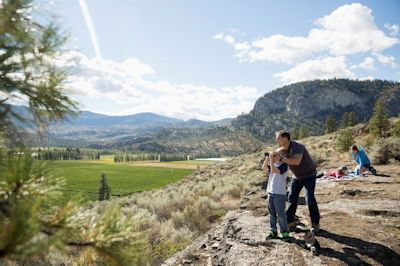 |
The Territories
- Nunavut
- Northwest Territories
- Yukon
Canada is a constitutional monarchy and a federal state with a democratic parliament. Ottawa is the nation's capital. Canada has 2 national languages, English and French. Members of Parliament are required to be fluent in both.
Diversity is the keynote to Canada's geography, from the fertile plains suitable for agriculture, (making her a leader in wheat exporting and food donations to the world) to vast mountain ranges, abundance of fresh water lakes and rivers. Wilderness forest gives way to arctic tundra in the far north.
There are of course many climatic variations ranging from the moderate southern coast of British Columbia to the frozen ice caps of the far north. Southern Canada experiences four very delightful and beautiful seasons.
Canada has more than 100 National Parks
Mount Logan in the Yukon is Canada's tallest mountain.
Canada has six times zones. Newfoundland is 3 1/2 hours behind GMT. The Pacific time zone is 8 hours behind GMT.
The national emblem is the Maple Leaf.
The national anthem, proclaimed on July 01, 1980, is O'Canada which had been sung for 100 years prior.
The currency is the dollar, 100 cents = 1 dollar.
The growth rate is 5.7 % over four years.
The Largest Cities (2021 est)Toronto, Ontario.. 6,800,000,2021
Montreal, Quebec..4.2 m
Vancouver, British Columbia.. 2.26 m
Calgary, Alberta. Population: 1,591,000
Edmonton, Alberta. Population: 1,491,000
Ottawa, Ontario. Population:1,393,000
Winnipeg 849,000
Quebec City, Quebec. Population:800,296
Surrey BC 859,200 2020 est
Niagara-on-the-Lake18,700
Kelowna 144,579
Principal National Resources
-
Natural Gas
-
Oil
-
Gold
-
Coal
-
Copper
-
Nickel
-
Potash
-
Uranium
-
Zinc
-
Forest Products
-
Water
Canada has at least 3 million lakes and in some regions, there are as many as 30 lakes for every 100 sq. km. The five Great Lakes form the largest body of fresh water in the world.
Over the years, more than 125,000 Canadian military personnel have served on peacekeeping missions for the United Nations – more than any other country
The Disaster Assistance Response Team – about 200 Canadian Forces soldiers – is designed to fly into disaster areas around the world to provide drinking water and medical treatment until long-term aid arrives.
The United Nations
ranks Canada #1
on its Human Development Index

Ottawa is the capital of Canada and the country's fourth largest city, as well as the second largest city in the province of Ontario after the provincial capital of Toronto . It is located in the Ottawa Valley on the eastern edge of the province of Ontario,400 kilometres (250 mi ) east of Toronto and 190 kilometres (120 mi) west of Montreal. Ottawa lies on the banks of the Ottawa River, a major waterway that forms the border between Ontario and Quebec.
When Lief Ericsson landed at L'Anse aux Meadows, Nfld. in 1001 AD, he named it "Vinland," Land of Wine, after the wild grapes he found growing there. Some believe what Ericsson saw must have been wild blueberries
Henry Woodward was an early pioneer in the development of the incandescent lamp . On July 24 , 1874 , he and his partner, Mathew Evans , a hotelkeeper, patented an improved electric light bulb . Woodward was a medical student at the time. Their light bulb comprised a glass tube with a carbon filament. They purged the tube with inert nitrogen to get a longer operating life of the bulb. Their light bulb was sufficiently promising that they were able to sell their U.S. Patent 181,613 to Thomas Edison . Thomas Edison also obtained an exclusive license to the Canadian patent. Thomas Edison raised investment capital to continue improvements in the bulb until he had a light bulb with long enough life to be commercially successful
Seymour Narrows in British Columbia this stretch of the Discovery Passage has some of the strongest tidal currents ever measured with flood speeds of 17 km/h and ebb speeds of 18 km/h
Page 2 The Wonders of Canada
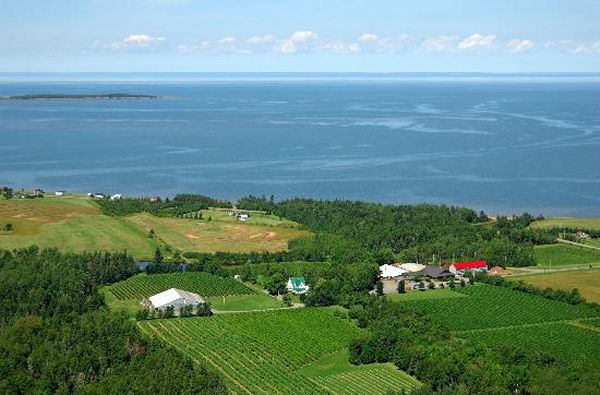
Home | Sitemap | Gallery | Maps | New | Tourist Information | Contact Us |©2024 Robert A Bell
